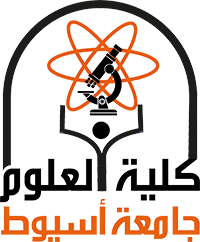Erythrocytic lipid peroxidation has been implicated as a cause of anemia in Theileria annulata
infection in cattle. The present study aimed to evaluate oxidative damage of membrane
lipids and proteins in addition to hemoglobin (Hb) as three criterions of erythrocyte oxidation
and their relation to erythrocyte deformability and anemia of newborn crossbred
calves (Friesian × Egyptian Balady breed) naturally infected with T. annulata. Twenty-five
T. annulata-infected calves (aged 20–30 days) along with 15 age matched healthy controls
were used. Percentage of parasitemia varied from 12% to 63% (34.76 ± 3.05%). In comparison
to controls, infected calves showed increased levels (P < 0.001) of lipid peroxidation
(malondialdehyde; MDA, 52%) and protein oxidation (protein carbonyls; PCs, 132%) in erythrocyte
membrane as well as increased values of Hb oxidation (methemoglobin; MetHb,
186%), corpuscular osmotic fragility (15.1%) and hemolysis (free Hb; 195.5%). Parasitemia
was positively correlated with MDA (r = 0.41, P = 0.039), PCs (r = 0.45, P = 0.023) and MetHb
(r = 0.40, P = 0.042). Also, percent of erythrocytic deformability (echinocytosis) was positively
correlated with MDA (r = 0.49, P = 0.013) and PCs (r = 0.63, P < 0.001). On the other
hand, erythrocytic packed cell volume was negatively correlated with MDA (r = −0.44,
P = 0.028), PCs (r = −0.72, P < 0.001) and MetHb (r = −0.42, P = 0.037). In conclusion, T. annulata
infection is associated with a parasitic burden-dependant oxidative damage to the
erythrocyte membrane protein and lipid contents in addition to Hb. This oxidative damage
is linked to the morphological changes of the erythrocyte and may act as mechanisms
contribute to pathogenesis of anemia in T. annulata infection in newborn calves.
Research Abstract
Research Department
Research Journal
Veterinary Parasitology
Research Member
Research Vol
Vol. 182
Research Year
2011
Research Pages
PP. 193– 200

